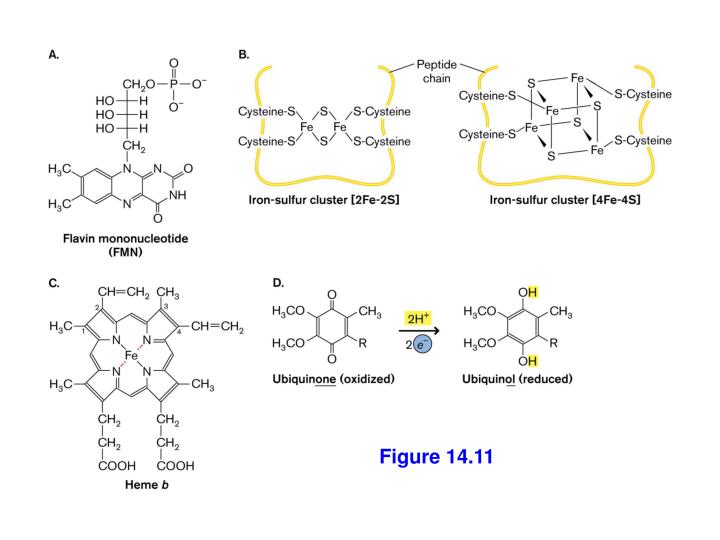
- #Can proton motive force drive transcription series#
- #Can proton motive force drive transcription free#
#Can proton motive force drive transcription free#
One of the few known examples of biological rotatory machines, the BFM is unique in its remarkable power and efficiency in converting free energy into mechanical work. The bacterial flagellar motor (BFM) is the powerful molecular nanomachine at the base of each flagellum responsible for such rotation. Several bacteria propel themselves by rotating their flagella ( Berg and Anderson, 1973). Perfecting our incomplete understanding of how the BFM employs the energy of ion flow will help decipher the dynamical behavior of the bacterial IMF. Within the growing toolbox of single cell bacterial electrophysiology, one of the best tools to probe IMF fluctuations may, ironically, be the motor that consumes it. Finally, while long assumed to be static and homogeneous, there is mounting evidence that the IMF is dynamic, and that its fluctuations control important phenomena such as cell-to-cell signaling and mechanotransduction. the rate of ion flow through the stators. This, in turn, raises the question of to what degree the classical dependence of motor speed on IMF is due to stator dynamics vs.

#Can proton motive force drive transcription series#
We examine a series of studies that establish a linear proportionality between IMF and motor speed, and we discuss more recent evidence that the stator units sense the IMF, altering their rates of dynamic assembly.

Here, we review some of the main results that form the base of our current understanding of the relationship between the IMF and the functioning of the flagellar motor. Stator units consume the ion motive force (IMF), the electrochemical gradient across the inner membrane that results from cellular respiration, converting the electrochemical energy of translocated ions into mechanical energy, imparted to the rotor. The BFM is rotated by stator units, inner membrane protein complexes that stochastically associate to and dissociate from individual motors at a rate which depends on the mechanical and electrochemical environment. It turns a flagellum which acts as a propeller, enabling bacterial motility and chemotaxis. The bacterial flagellar motor (BFM) is a rotary molecular motor embedded in the cell membrane of numerous bacteria. Centre de Biologie Structurale (CBS), INSERM, CNRS, Université Montpellier, Montpellier, France.As my mentor Efraim Racker used to say: 'If you are not totally confused you do not understand the issue'.Anaïs Biquet-Bisquert Gilles Labesse Francesco Pedaci Ashley L. Is there a common mechanism of action for all proton-driven porters? Is there some common partial reaction by which we can identify the way that porters are energized by proton-motive force? Is there a common coupling between proton movement and uptake or secretion of certain molecules? Even a partial answer to one of these questions would advance our knowledge. One of the most important subjects of this meeting is the mechanism by which proton-motive and other ion-motive forces drive the transport processes through porters. The directionality of the substrate transport by the porters could be to both sides of the membranes because they can serve as proton symporters or antiporters.

The existence of proton-motive force enabled the evolution of porters driven by it that are most probably among the more primitive porters in the world. These proton pumps maintained neutral pH inside the cells and generated electrochemical gradients of protons (proton-motive force) across their membranes. The presence of relatively high proton concentrations in the ambient solution resulted in the evolution of proton pumps during the dawn of life on earth. Among the more important chemical features of water is its dissociation into protons and hydroxyl ions. It is generally accepted that the chemistry of water was the most crucial determinant in shaping life on earth.


 0 kommentar(er)
0 kommentar(er)
